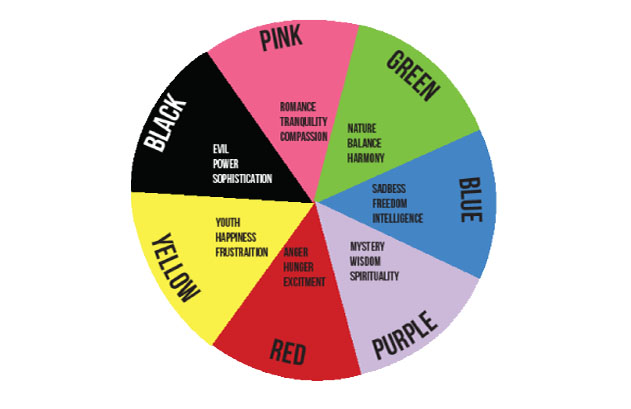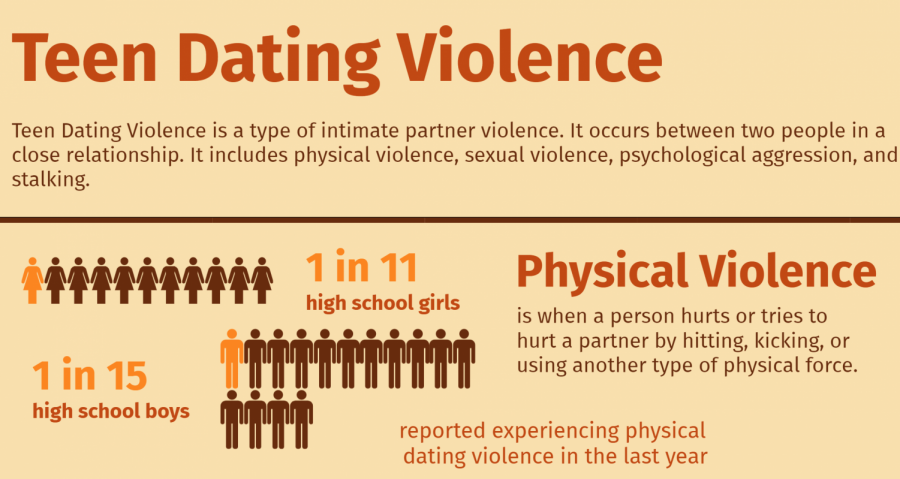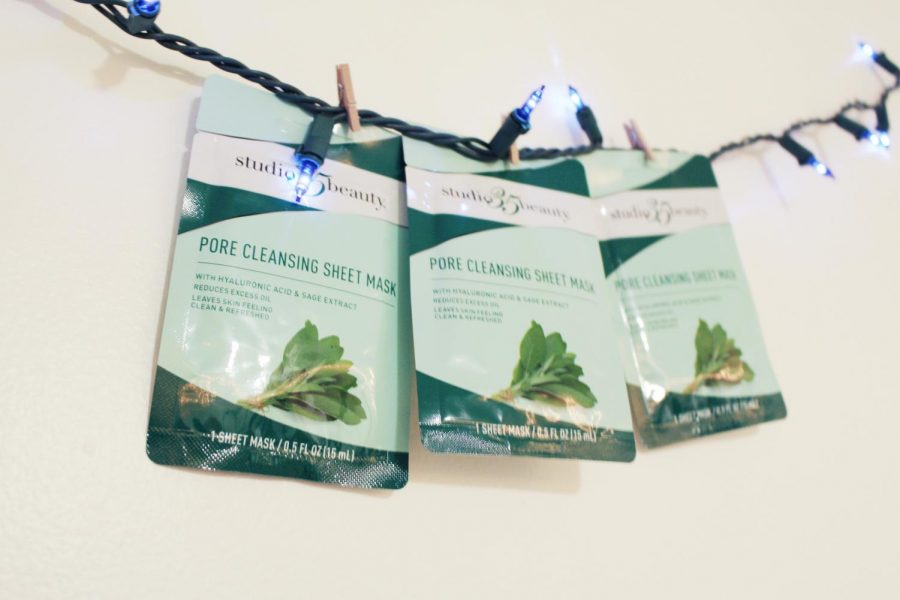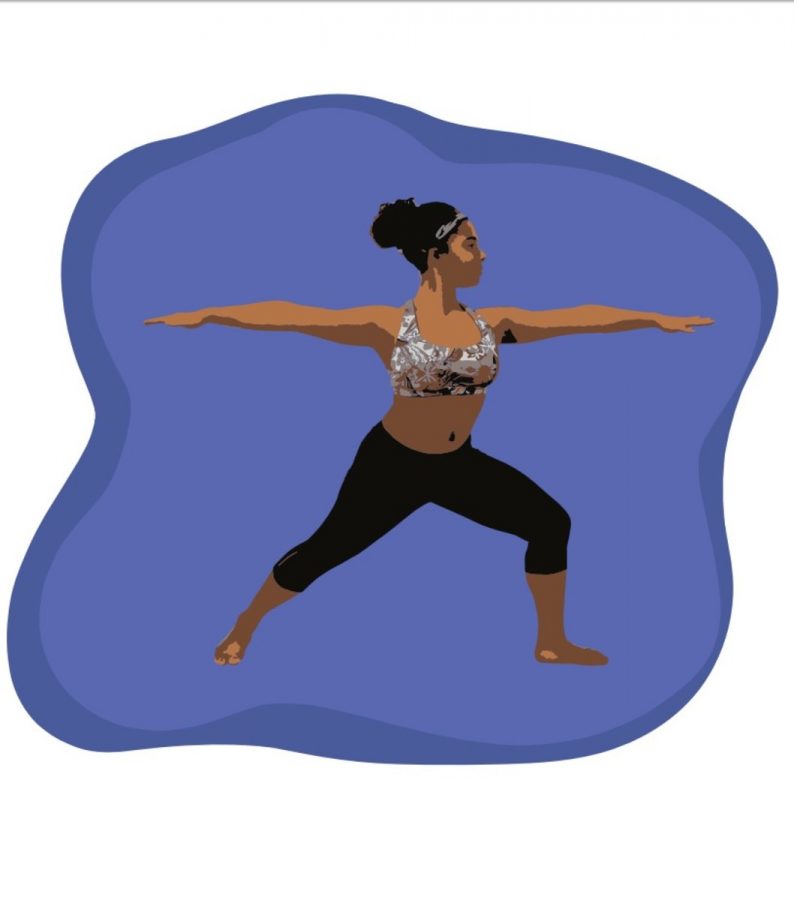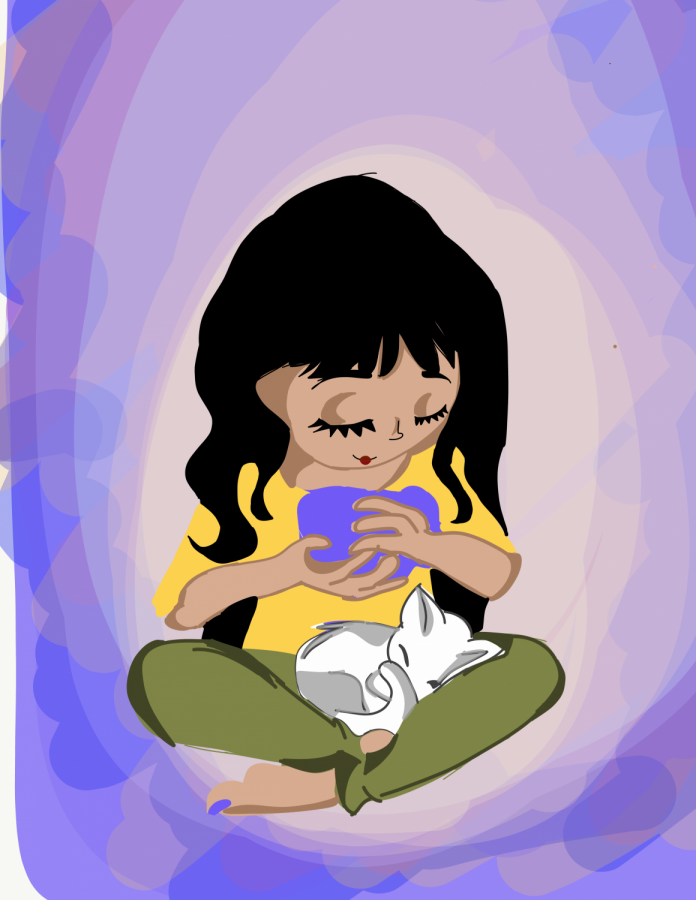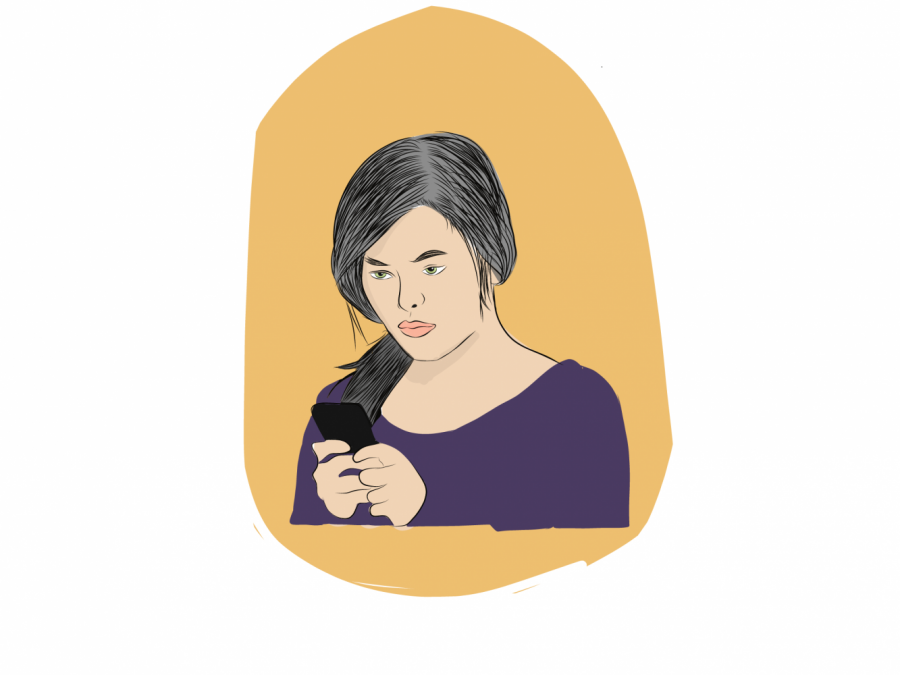There is more than what meets the eye when it comes to colors. It has been proven that the way people feel can be affected by the colors they see or even wear.
Wearing certain colors has a significant effect on how you feel, even if you don’t know it. Black is very popular not just because it can make you appear thinner, but because it has the power to mask emotions such as stress. Other colors commonly worn like red, convey love, energy and life, but also anger. The color orange channels joy, ambition and shock while yellow portrays freedom and optimism. Colors such as green and blue communicate balance, new beginnings, shyness and peace.
Researchers at the Burlington Medical Center looked into how colors affect mood. When asked to choose a color that illustrated their mood, people with depression or anxiety tended to choose the color gray, while people not affected to by these feelings had a tendency to choose yellow.
Mood rings are another way to illustrate feelings through color. Dr. Anne Marie Helmenstine explains how. The mood ring is made of crystals that change color based on temperature. When you are feeling happy or passionate, your body temperature increases, and it causes the crystals to turn blue. When you are feeling excited or stressed, blood flow is directed away from your fingers causing the ring to turn yellow. The mood ring cannot display exactly how you are feeling, but there is a small degree of accuracy.
Ohio State University’s Department of Neuroscience conducted a study about how different colors emitted from electronic screens affect people’s feelings. This study concluded that the bluish/white light given off by T.V. or computer screens, especially late at night, increased levels of depression in humans.
There is so much more involved to colors than we think. Next time you open your closet to put on your cutest outfit, think about why you chose the color you did.























































